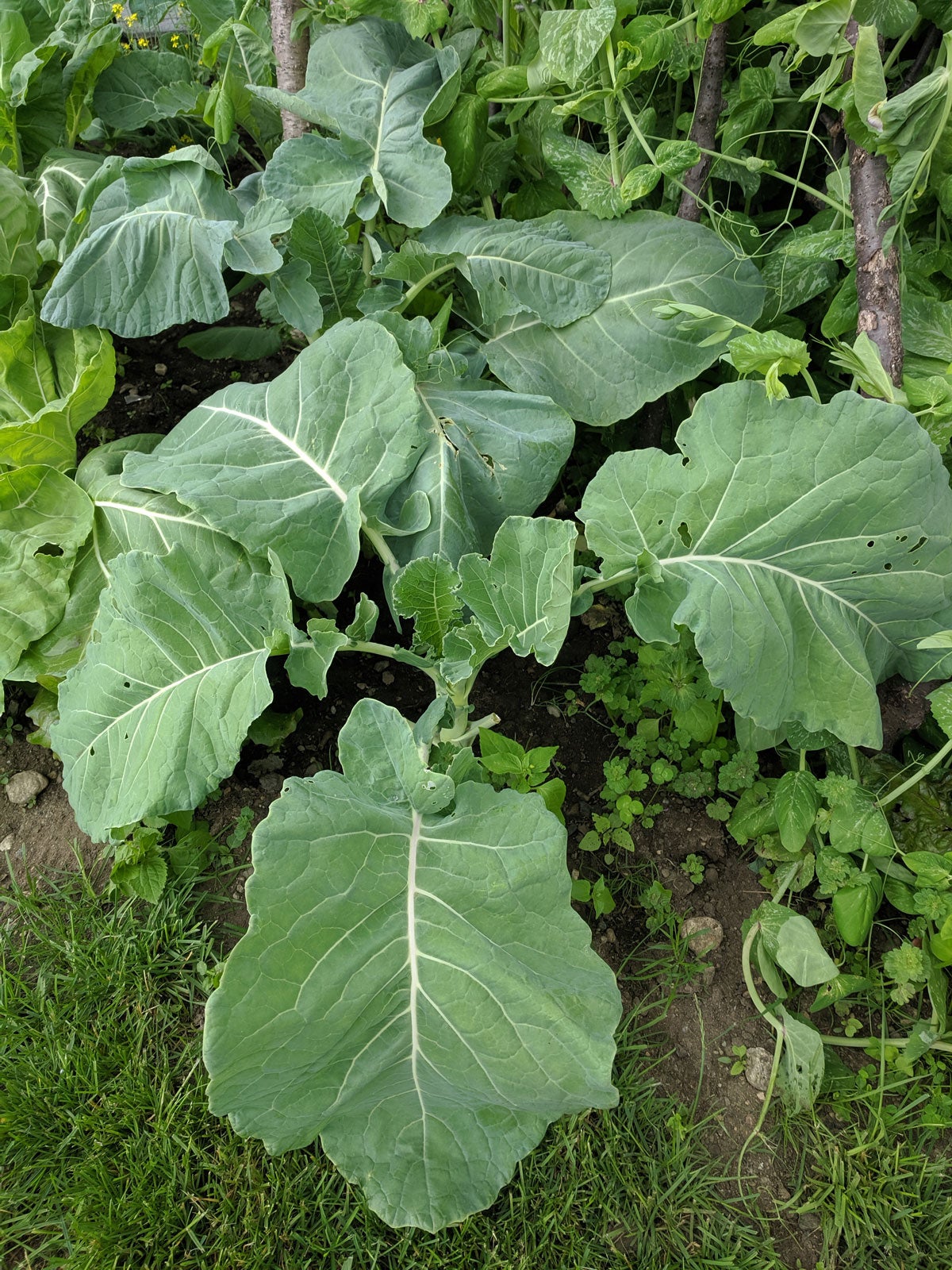What Is Portuguese Cabbage: Portuguese Cabbage Planting And Uses


You can call these plants Portuguese cabbages (Couve tronchuda) or you can call them Portuguese kale plants. The truth lies somewhere between the two. So, what is Portuguese cabbage? Read on for information on this leafy green crop, the most popular vegetable in Portugal. We’ll also give you tips on Portuguese cabbage planting.
What is Portuguese Cabbage?
Portuguese cabbage is a leafy green vegetable in the brassica family. Unlike most cabbages, this vegetable doesn’t form heads and grows in leaves like kale. That resulted in the alternate common name of Portuguese kale plants.
However, unlike kale, the leaves of this green vegetable, as well as the mid rib and stalk, are fleshy and succulent. Kale ribs and stalks are often too woody to eat. Many compare this veggie to collards.
Tronchuda Cabbage Uses
Those growing this cabbage plant sometimes call the vegetable tronchuda cabbage, using its species name. Whatever you call it, you’ll find plenty of uses for it. First, these are the key ingredients in Caldo Verde, a green soup considered by many to be the national dish of Portugal. It’s easy to find recipes for this soup online. It includes onions, garlic, and spicy sausages.
You can also cook and eat this veggie in the same way you would collard greens. It cooks quickly and works well in any soup and in stir fries. It is so tender that you can even use it in salads or as wraps.
Growing Portuguese Cabbage
If you are ready to try growing Portuguese cabbage, you will be able to find seeds online on several seed sites. Planting can be done in the fall or spring. In either case, you can start the seeds in pots about six weeks before the planting date.
Transplant your best seedlings into the garden around the first of fall or mid-spring. After that, growing these cabbages is amazingly easy and trouble free. You can expect to harvest your first leaves a few months later. This vegetable can survive hot summers in appropriate zones.
Sign up for the Gardening Know How newsletter today and receive a free copy of our e-book "How to Grow Delicious Tomatoes".
Look out for cabbage worms. If you don’t want to use pesticides, just inspect the leaves regularly and pluck out any worms you see. You might also have birds eager to eat this green veggie so cover the plants with a lightweight row cover cloth.

Teo Spengler is a master gardener and a docent at the San Francisco Botanical Garden, where she hosts public tours. She has studied horticulture and written about nature, trees, plants, and gardening for more than two decades, following a career as an attorney and legal writer. Her extended family includes some 30 houseplants and hundreds of outdoor plants, including 250 trees, which are her main passion. Spengler currently splits her life between San Francisco and the French Basque Country, though she was raised in Alaska, giving her experience of gardening in a range of climates.